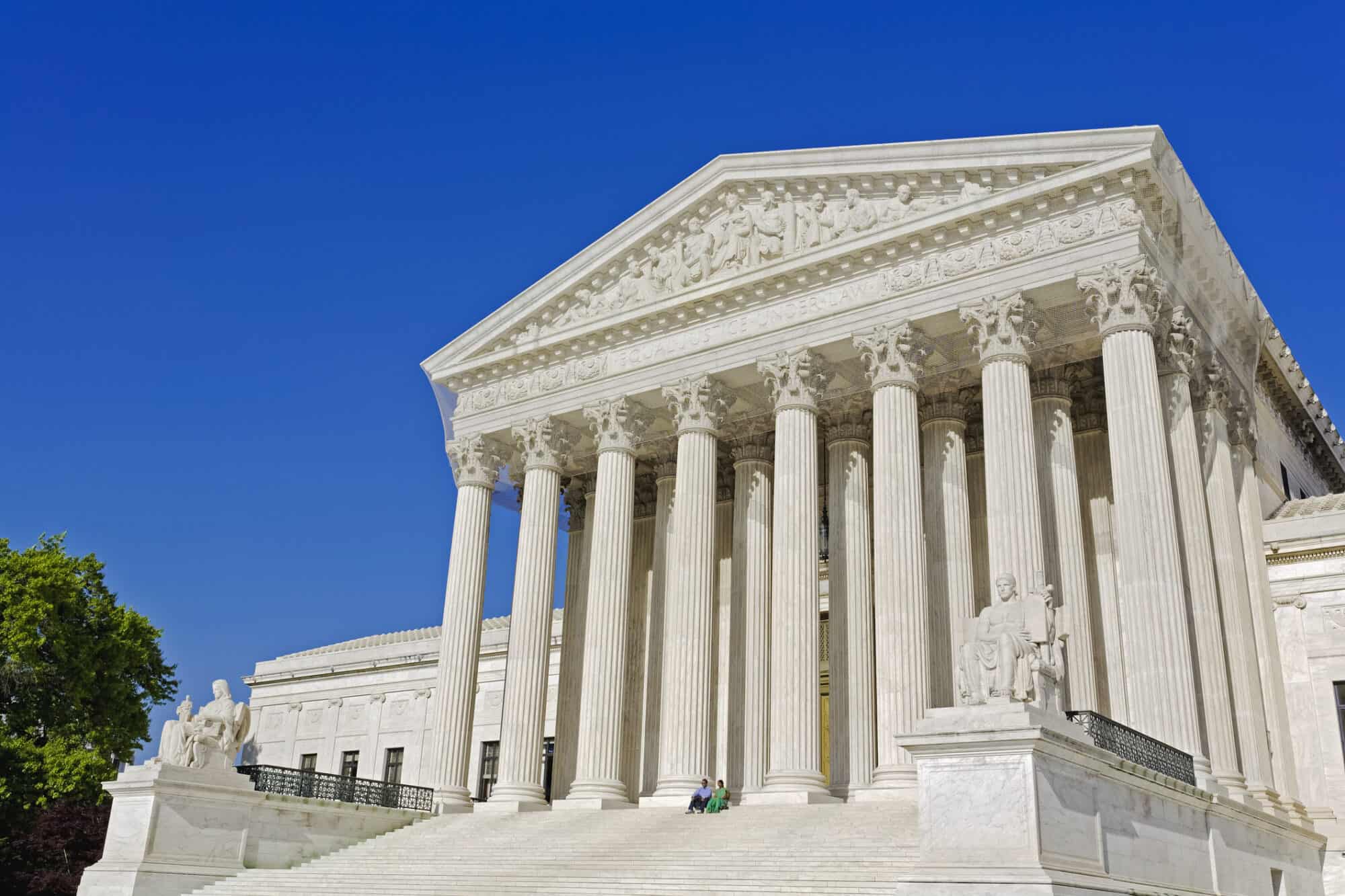NAM Legal Center Talks Chevron

The Supreme Court’s ruling in the closely watched Loper Bright Enterprises v. Raimondo is a watershed decision for administrative law with significant implications for the business community. The NAM Legal Center provided us with an overview.
What’s going on: Late last month, the Supreme Court overturned the “Chevron doctrine,” which since 1984 had required federal courts to defer to an administrative agency’s interpretation of an ambiguous statute—so long as the interpretation was reasonable.
What it means: The end of the doctrine means less power for federal agencies, potentially fewer regulations and a guaranteed surge in regulatory litigation, according to the Legal Center.
- When Congress leaves ambiguities or gaps in statutes, agencies can no longer exploit those gaps to enact overreaching rules or regulations (read the NAM’s statement on the decision here).
- Although Chevron had not been cited by the Supreme Court since 2016, it is the basis for 70 Supreme Court opinions and approximately 17,000 lower court decisions. Those holdings remain intact for now but could be challenged anew by litigants under the new standard.
The majority opinion: Writing for the majority, Chief Justice John Roberts relied on a plain-text reading of the Administrative Procedure Act, which directs courts—not agencies—“to decide all questions of law.”
- “The APA, in short, incorporates the traditional understanding of the judicial function, under which courts must exercise independent judgment in determining the meaning of statutory provisions,” he wrote.
- Absent an explicit delegation by Congress, agency interpretations can guide or inform courts, but in keeping with the APA, they cannot be given binding deference. According to the court, all statutes “have a single, best meaning,” and “courts use every tool at their disposal to determine the best reading of the statute and resolve the ambiguity.”
The dissent: Writing for the liberal justices in dissent, Justice Elena Kagan expressed concerns with overturning this “cornerstone” of regulatory law by shifting interpretative authority from “expert, experienced and politically accountable agenc[ies]” to courts that have “no special competence.”
In sum: The decision will result in a broad reduction in the power of executive branch agencies, with that power shifting to federal courts.
- Thus, regardless of the party in power or its pro- or anti-regulatory leaning, much less regulatory discretion will be afforded to the agencies.
The NAM predicts: Looking forward, the NAM sees Congress and regulators turning to industry for input as policies are adopted and statutes are interpreted, giving manufacturers an opportunity to play a more significant role in shaping outcomes.
What we’re doing: The NAM Legal Center is currently leading regulatory challenges against the Environmental Protection Agency, the Occupational Safety and Health Administration and the Securities and Exchange Commission. It will continue to push back on overreaching agency actions that threaten manufacturing competitiveness—now on a more even playing field.
